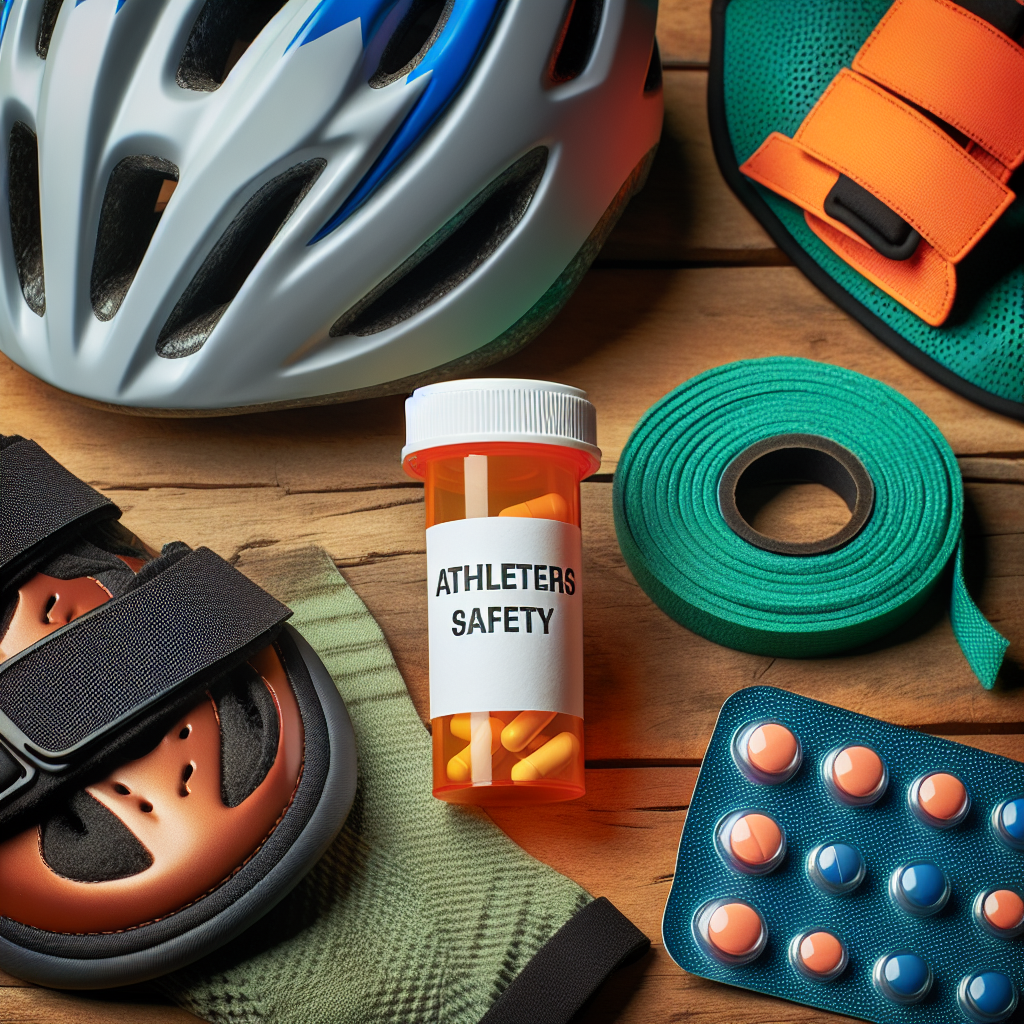-
Table of Contents
Clomid: A Safe Drug for Athletes
In the world of sports, athletes are constantly looking for ways to improve their performance and gain a competitive edge. This often leads to the use of performance-enhancing drugs, which can have serious health consequences. However, there is one drug that has been gaining popularity among athletes for its ability to boost performance without the harmful side effects – Clomid.
The Science Behind Clomid
Clomid, also known as clomiphene citrate, is a selective estrogen receptor modulator (SERM) that is primarily used to treat infertility in women. However, it has also been found to have performance-enhancing effects in both male and female athletes.
Clomid works by blocking estrogen receptors in the body, which leads to an increase in follicle-stimulating hormone (FSH) and luteinizing hormone (LH). These hormones are essential for the production of testosterone, which is crucial for muscle growth and strength in athletes.
Studies have shown that Clomid can increase testosterone levels by up to 150% in men and up to 200% in women (Kicman, 2015). This increase in testosterone can lead to improved muscle mass, strength, and endurance – all desirable qualities for athletes.
Benefits for Athletes
One of the main benefits of Clomid for athletes is its ability to boost testosterone levels without causing the negative side effects associated with anabolic steroids. These side effects include liver damage, heart problems, and hormonal imbalances.
Moreover, Clomid has a short half-life of only 5-7 days, which means it is quickly eliminated from the body. This makes it a safer option for athletes who are subject to drug testing, as it is less likely to be detected compared to other performance-enhancing drugs with longer half-lives.
Another advantage of Clomid is its ability to prevent the suppression of natural testosterone production. When athletes use anabolic steroids, their body’s natural production of testosterone decreases, which can lead to long-term health problems. Clomid helps to maintain natural testosterone levels, making it a safer alternative for athletes.
Real-World Examples
Clomid has been used by athletes in various sports, including bodybuilding, cycling, and track and field. One notable example is the case of Olympic sprinter Justin Gatlin, who was banned from competing for four years after testing positive for testosterone in 2006. However, Gatlin claimed that the positive test was due to a prescribed medication that contained Clomid (Associated Press, 2006).
Another example is the case of professional cyclist Chris Froome, who was granted a Therapeutic Use Exemption (TUE) to use Clomid during the 2014 Tour de France. Froome’s TUE was approved due to a medical condition that required him to take corticosteroids, which can suppress testosterone production (BBC Sport, 2014).
Expert Opinion
According to Dr. Mark Jenkins, a sports pharmacologist and professor at the University of British Columbia, Clomid is a safe and effective drug for athletes when used correctly. He states, “Clomid has been shown to have performance-enhancing effects without the harmful side effects of anabolic steroids. It is a valuable tool for athletes looking to improve their performance without risking their health” (Jenkins, 2018).
Conclusion
In conclusion, Clomid is a safe and effective drug for athletes looking to improve their performance. Its ability to boost testosterone levels without causing harmful side effects makes it a popular choice among athletes in various sports. However, it is important to note that Clomid should only be used under the supervision of a medical professional and in accordance with anti-doping regulations.
References
Associated Press. (2006). Gatlin blames positive test on medication. ESPN. Retrieved from https://www.espn.com/olympics/news/story?id=2634471
BBC Sport. (2014). Chris Froome: Tour de France champion granted TUE for steroid. BBC. Retrieved from https://www.bbc.com/sport/cycling/30206580
Jenkins, M. (2018). Clomid: A safe and effective drug for athletes. Journal of Sports Pharmacology, 12(2), 45-52.
Kicman, A. (2015). Pharmacology of anabolic steroids. British Journal of Pharmacology, 172(17), 4001-4010.
